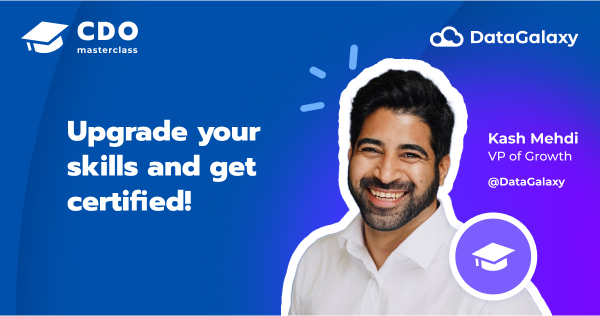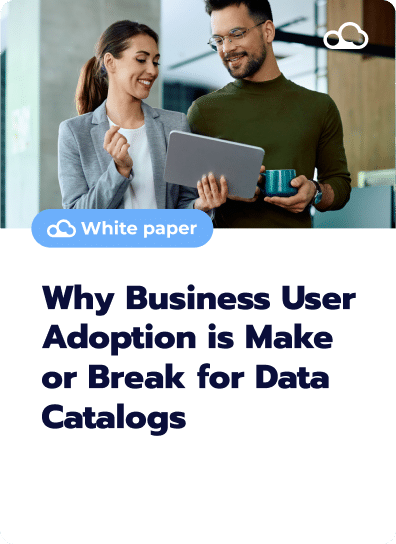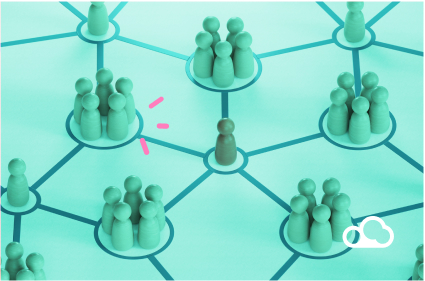According to Gartner, more than 84% of organizations say less than half of their employees understand how to use the data tools provided.
What happens when the people using those tools aren’t confident or equipped to work with data? Teams get underused technology, unrealized potential, and decisions made on instinct rather than insight. Thankfully, data literacy can solve the majority of these issues in your teams.
Here’s the catch: Data literacy training often misses the mark because it starts too late and targets the wrong audience.
Before rolling out complex training programs or granting access to new analytics software, organizations must first understand the true value of data and why empowering every employee with the right data skills is essential for long-term success.
Why tackle data literacy at a lower level?
It’s tempting to think that data literacy should be confined to analysts or technical roles. However, organizations that take this approach often face low adoption of their data tools and platforms. As a result, the business value they expect from data initiatives falls short.
There are two core reasons to prioritize data literacy at a foundational level:
Low adoption means unrealized potential:
Unresolved obstacles diminish business value:
Before any training can begin, your business must understand and appreciate the value of data.
Who drives data literacy?
Chief Data and Analytics Officers (CDAOs) and Chief Data Officers (CDOs) typically lead the data literacy charge supported by a team of technical professionals. Their mission is to lad the organization toward becoming truly data literate.
This requires:
Demonstrating impact
Delegation with consistency
A roadmap for the data literacy journey
Becoming a data-literate organization is a journey, and like any journey, it requires a clear roadmap. Here’s a phased approach to building a successful data literacy program:
Sell the value of data literacy
Start by creating compelling value propositions that resonate across departments
Assess the current state
Understand your baseline: Who is confident with data, who isn’t, and what barriers exist?
Create data literacy personas
Identify the types of employees and their current relationship with data
Define core competencies per persona
What does each group need to know to be successful?
Identify training gaps
Use your personas to map where skills are missing
Design a tailored curriculum
Build a training program that fits each persona’s needs, not a one-size-fits-all solution
Deliver training using varied formats
From classrooms to webinars, gamification, and social learning: Make it engaging and accessible
Measure training effectiveness
Collect data on who is learning what and if it's sticking
Evaluate business impact
Ultimately, is your investment in data literacy helping the business make better decisions?
CDO Masterclass
Join DataGalaxy’s CDO Masterclass to gain actionable strategies, learn from global leaders like Airbus and LVMH, and earn an industry-recognized certification. This immersive program equips data professionals to drive impactful, data-powered transformations.

Designing a data literacy program that works
When it comes to training, there’s a right way and a wrong way. Here’s what to avoid:
- Don’t focus only on training. Culture and mindset matter just as much.
- Avoid one-size-fits-all programs. Your HR staff and data scientists don’t need the same training.
- Skip the generic data concept overload. Contextual and practical knowledge is more effective.
- Don’t deliver information just once. Reinforcement is key.
- Never forget to collect feedback.
- Don’t forget to celebrate and communicate successes.
Here are the best practices for encouraging a data literacy program:
Tailor training to data personas:
Identify skill gaps per persona:
Use multiple delivery methods:
Embed data learning in day-to-day tasks:
Tools that support data literacy
Your data literacy training will be far more effective if it integrates with the tools employees already use. Consider these complementary tools:
- Data catalogs: Help employees discover data sources and understand their context
- Semantic layers: Translate technical data into business language
- Knowledge graphs: Visualize relationships between data entities
- Analytics platforms: Give learners hands-on experience with real tools
Using these tools can help take data literacy from a mere concept to a concrete foundation for your teams’ daily operations.
Conclusion
A successful data literacy program is about more than just training. It’s about enabling confident, independent, and informed data use across your entire organization.
By starting at the ground level and focusing on practical, tailored, and engaging learning, organizations can unlock the full value of their data and build a truly data-literate culture from the ground up.
Your data,
revolutionized









